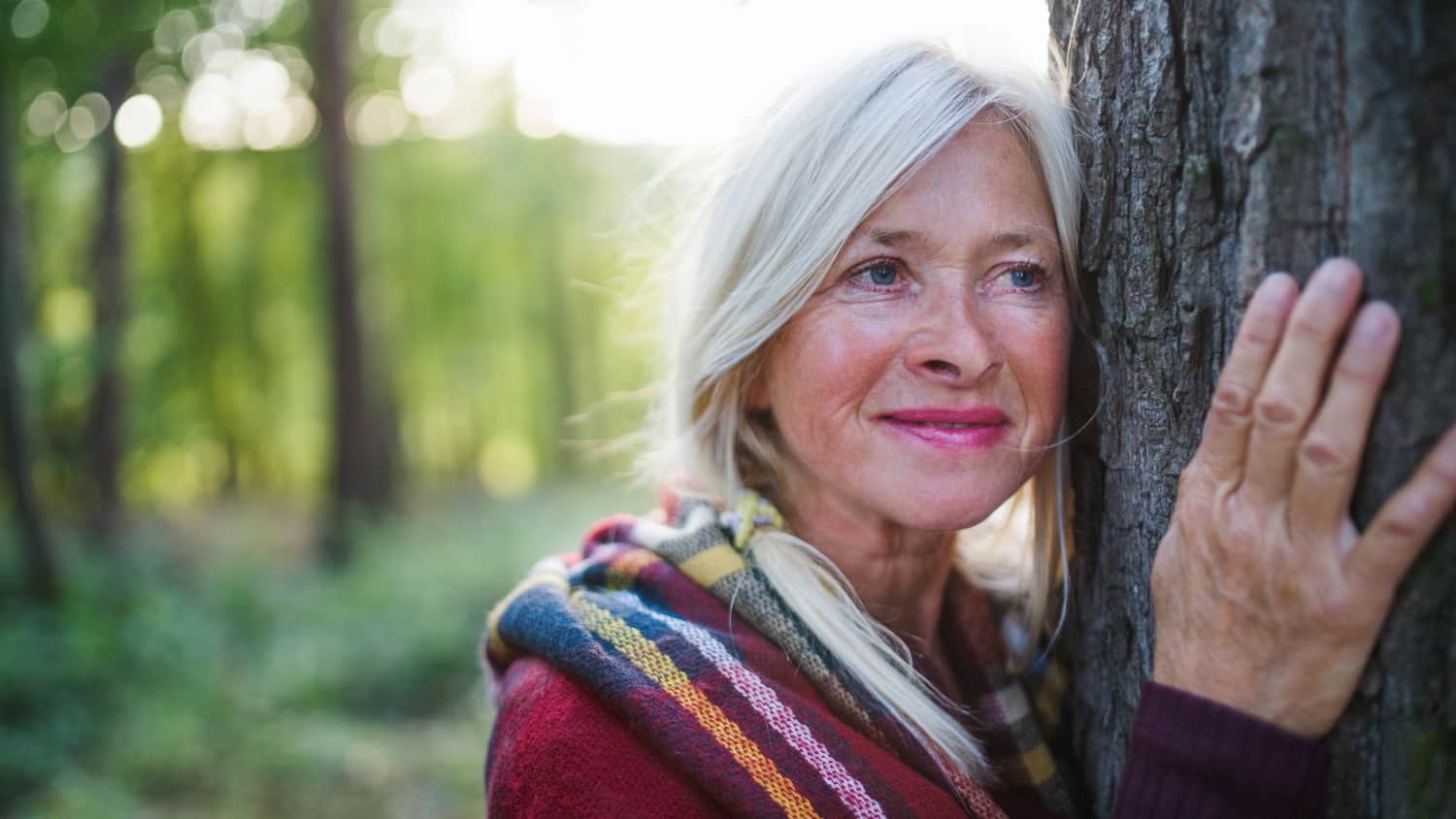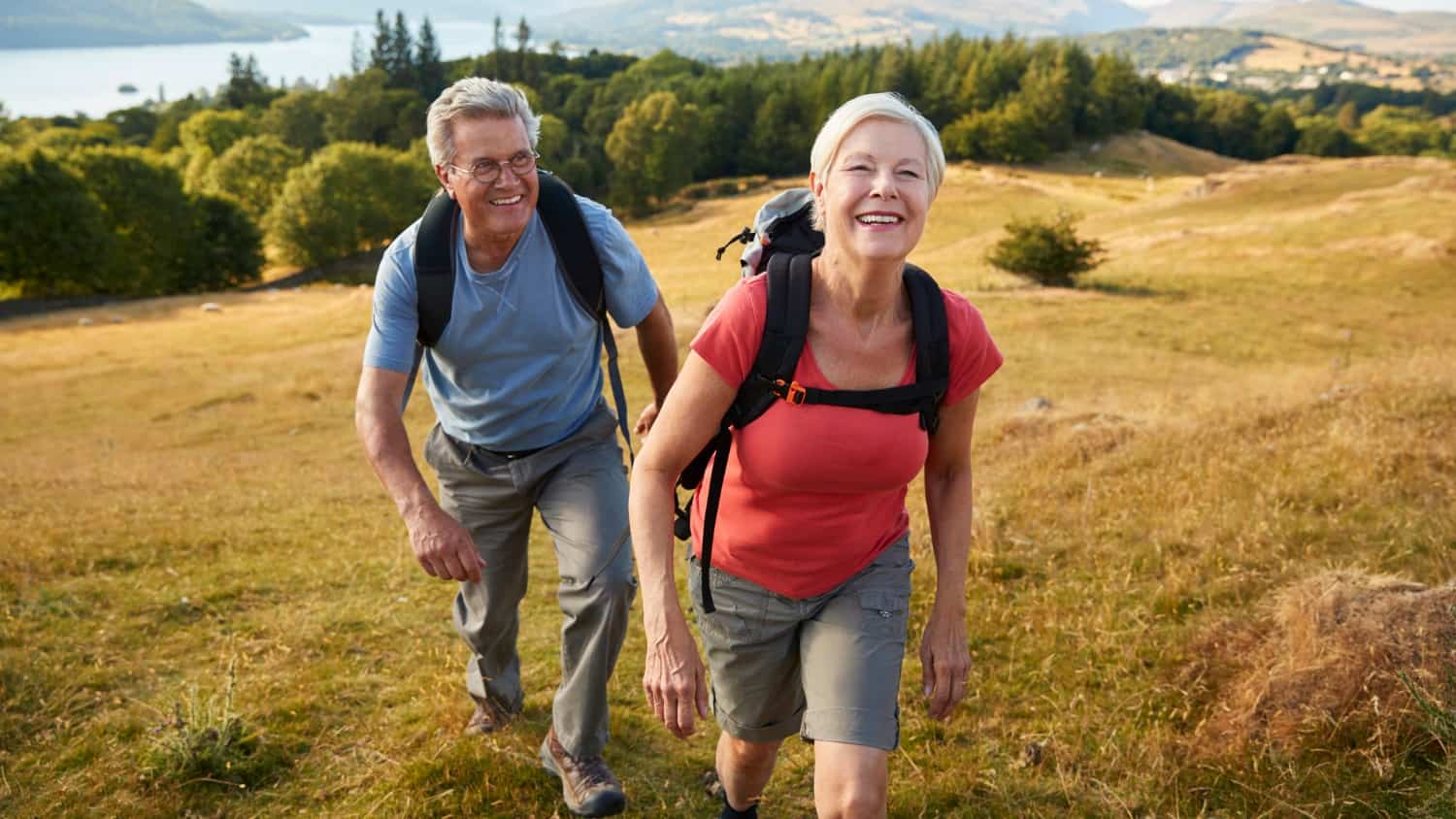
What I Crave: The Simple Pleasure (and Health Benefits) of Taking a Walk in the Woods
The current coronavirus self-isolation won’t last forever. In several weeks, we will be able to open our doors and get outside. And that’s when we will be able to feel appreciation for the little things we missed before. Or we’ll simply be able to return to joyful activities.
Here’s something I did just a week ago, that I crave to do now but am unable: I walked in the woods. It was such a mundane thing to do, but I miss it. It’s been an unsettling few weeks for all citizens of the world during this pandemic.
Feeling anxious, my body tense, and my mind spinning with questions about what might happen next, I instinctually took to the hills. The place that has always offered respite in times of uncertainty.
The natural beauty of a hillside crowded with towering oaks, laden in icy green moss, and a gentle breeze caressing my skin, calmed my jagged nerves as though I was being tenderly held in its maternal embrace.
I felt my shoulders drop as my body relaxed and my heart pumped oxygen rich blood through every fiber of my being. The natural world welcomed me and granted me solace and a feeling of protection from harm.
Outside of my imagination, there is scientific evidence that a walk in the woods can indeed change our physical, as well as our mental state.
Forest Bathing: A Modern Brand for a Long-Held Practice
Studies have proven that time spent in a quiet, natural surrounding can produce an overall feeling of well-being. Regular visits to forests and woodlands can have a lasting effect on how we feel, as well as our physical condition.
Results of multiple studies monitoring health indicators such as hormonal levels, blood pressure and heart function prove the practice is indeed beneficial. I will certainly need to forest bathe after the pandemic quarantine is over.
Shifting Our Focus Changes Our Outlook
Scientists observed MRI images as patients viewed peaceful nature scenes and found an interesting reaction. They noted increased blood flow to the anterior cingulate and insula, the parts of the brain associated with empathy and altruism.
I know that when I am among the trees, I find myself awed by the power of nature, its resilience, and fortitude to prevail and live on, despite the harsh elements.
I take note of how the trees bend to the wind so they don’t break, how a flower finds a crack in the rock to reach for the sun, and I try to apply those principles to my own life during difficult times. We can learn so much by observing the natural world up close and benefit simply by being in its presence.
Moreover, though we now need to stay home, we can watch images or videos of nature and lift our mood that way.
There are plenty of options on YouTube – from single images with calming music, to drones filming natural sights around the world. Find one that works for you and take some time to immerse yourself in the views.
The Effect of Silence
Our days are often lived at an excruciating volume – traffic noise, loud music or television, ambient noise of all kinds go relatively unnoticed. But the constant barrage takes a toll. Whether we’re actively listening or not, noise affects our mood.
Have you ever noticed you are walking to the beat of the music in the grocery store? Our brain processes all stimuli, and sound is a powerful one.
When we escape the din for the quiet of a walk in nature, those over stimulated sensors power down temporarily, focusing instead on the peaceful sounds of the breeze through the trees and the birds calling for their mates.
Our brainwaves settle into a calm pattern and our entire body reacts to the change. Thankfully, we have the alternative of listening to nature sounds even though we can’t go to the park, and we can experience the benefits of slower heart rate and calmness from the safety of our home.
The Impact of Physical Exertion on the Body
Our bodies are engineered to move. Physical exercise was once achieved by searching for food, defending our tribe from predators and eking out an existence in an inhospitable environment.
As we settled and tamed our surroundings, we stopped using our bodies as they were intended, became sedentary, and our health suffered.
In an effort to fend off the impact of this lifestyle, medical professionals encourage us to find ways to include movement into our daily lives – now more than ever. Of course, we can’t walk outside at the moment, but we can definitely use sports equipment we have at home, such as a stationary bike.
This is not an ideal situation for any of us, but we can try to make the most of it to stay cheerful and healthy. Soon, we will be able to take that walk in the woods, full of appreciation for the benefits it offers to our mind and body. Until then, stay safe!
What do you crave to do right now? What do you do as a substitute to your favorite outside activity? Are there any tools you have found helpful to lift up your mood? Please share them with our community!
Tags Healthy Aging






